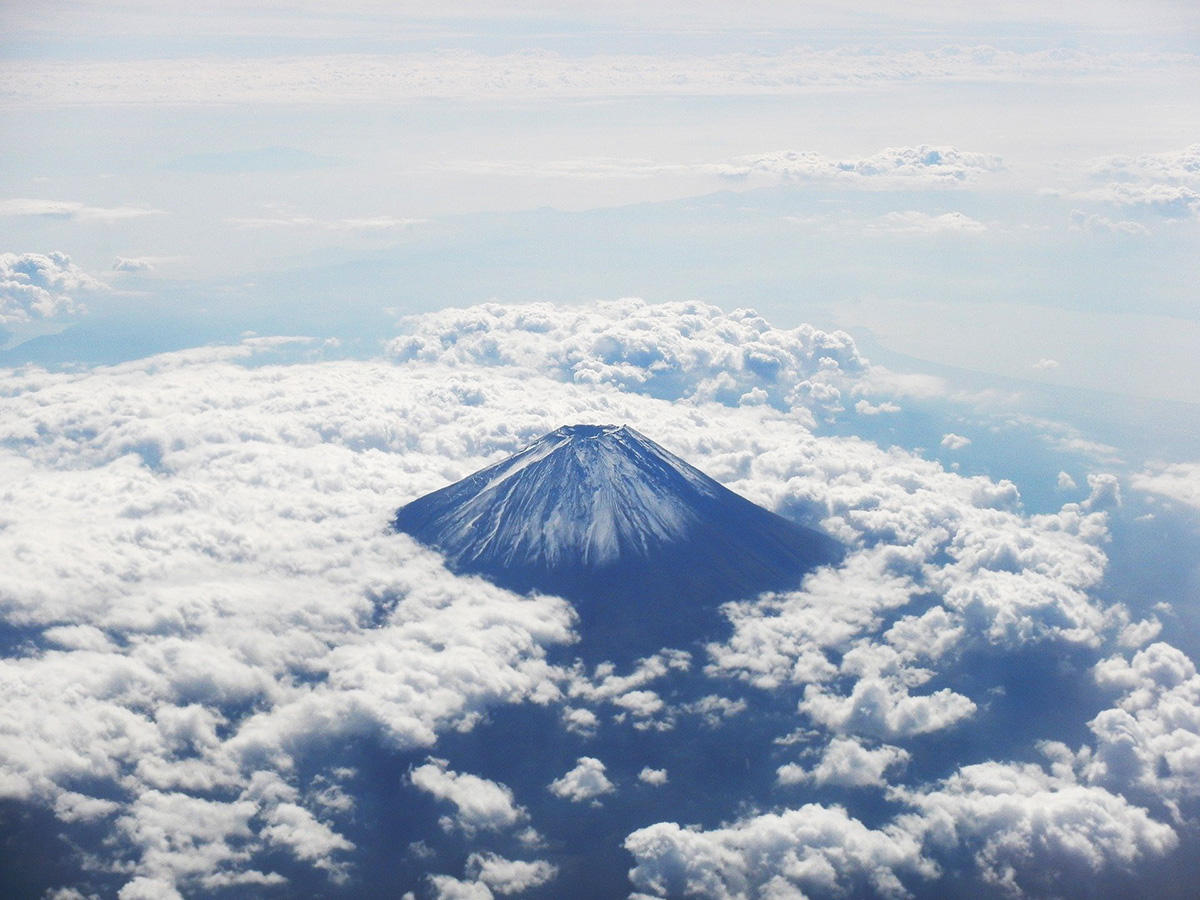
Fujisan Luxury Tourism Consortium / Best of the Fuji is a luxury tourism consortium of Mt. Fuji area in Japan. Mt. Fuji is the highest mountain which was registered UNESCO World Heritage of culture site as ‘ Fujisan, sacred place and source of artistic inspiration’ . Mt.Fuji is actually located in 3 prefectures, Shizuoka, Kanagawa and Yamanashi, and we will be communicating the fascination of Mt. Fuji area not only by combination tours of 3 prefectures but by prefecture-domestic tours of every one of them. Moreover we have a lot of traditional and modern cultures around here and there so that we can make special souvenirs and e-commerce products.
We think of Best of the Fuji as ‘ Mt. Fuji of Best View, Best Hotel, Best Hospitality, Best Experience’
We finally incite UNESCO’s note on Mt. Fuji below.
The beauty of the solitary, often snow-capped, stratovolcano, known around the world as Mount Fuji, rising above villages and tree-fringed sea and lakes has long been the object of pilgrimages and inspired artists and poets. The inscribed property consists of 25 sites which reflect the essence of Fujisan’s sacred and artistic landscape. In the 12th century, Fujisan became the centre of training for ascetic Buddhism, which included Shinto elements. On the upper 1,500-metre tier of the 3,776m mountain, pilgrim routes and crater shrines have been inscribed alongside sites around the base of the mountain including Sengen-jinja shrines, Oshi lodging houses, and natural volcanic features such as lava tree moulds, lakes, springs and waterfalls, which are revered as sacred. Its representation in Japanese art goes back to the 11th century, but 19th century woodblock prints of views, including those from sand beaches with pine tree groves have made Fujisan an internationally recognized icon of Japan and have had a deep impact on the development of Western art.

